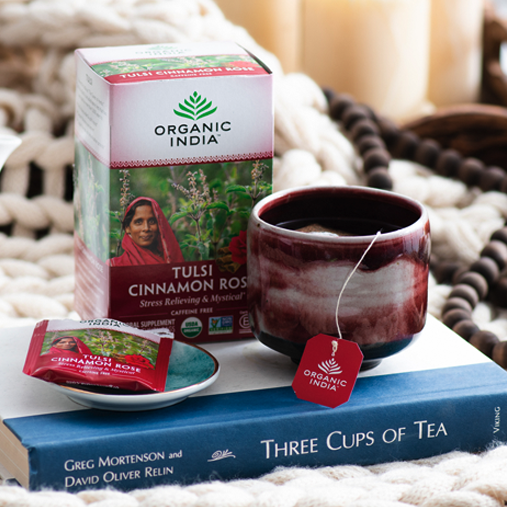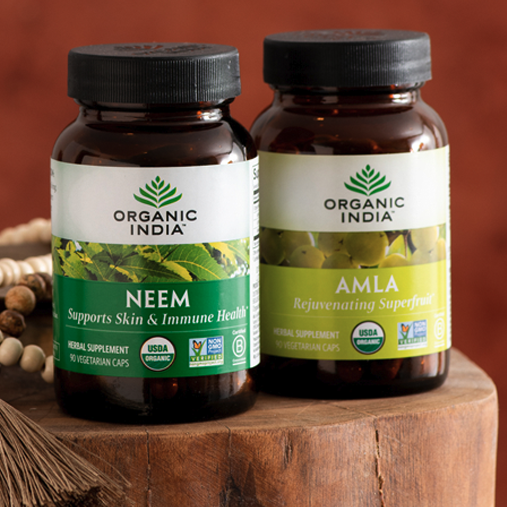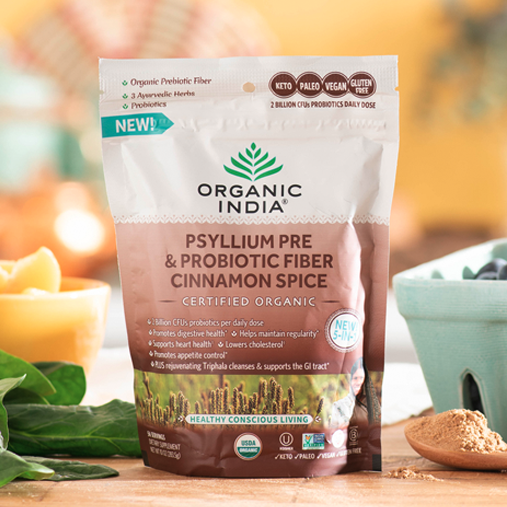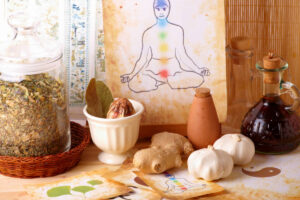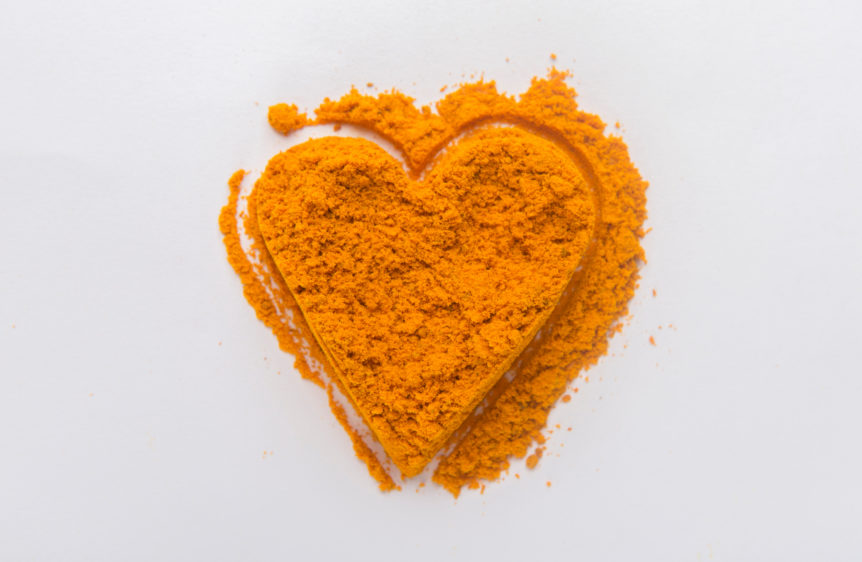Back
With the spate of knee, hip, and shoulder replacement surgeries that have taken place over the past couple of decades, ordinary people have become students of anatomy and physiology. After enough interaction with doctors, we’ve come to understand concepts such as repetitive action, referred pain, and restriction of motion. No doubt, the joints of the body take a beating and may end up causing us problems, but there are a number of ways we can help our bodies feel and heal better — at least in many cases.
We can think of joints as structures that connect two or more adjacent parts of the skeletal system. Normally, we’re able to move our bodies thanks to a series of hinges held together and the support of muscles, ligaments, tendons, and other tissues. Motions made possible by joints include spinning, swinging, gliding, rolling, and approximation (movement caused by pressing or pulling one bone directly toward another). As with all body parts, our joints are heir to problems due to overuse, incorrect use, aging, disease, and injury. Joint disease and debilitation are no minor issues. As an example, statistics show that more than 500,000 knee replacements and 175,000 hip replacements are performed in the U.S. each year, and the number of these operations are expected to rise to 3 million in just 10 years.
Joints and Inflammation
One of the first signs of trouble is inflammation — and if our joints do not heal, then inflammation becomes chronic. This leads to pain and a greater loss of motion, including the kind we need to get around and live our lives. To complicate things, sometimes the joints are affected because of immune system issues that lead to the release of inflammatory chemicals. In turn, this leads inflammation to “attack” joint tissues and cause a lot of swelling, an increase of joint fluid, cartilage and bone damage, and muscle loss. While joint problems lead to nerve pain, inflammatory chemicals can directly activate other nerves in the body, leading to more pain.
Even though this article serves to outline some of what could go wrong, naturopathic physician Sharon Stills, says it’s best not to jump to conclusions when we experience pain and swelling in our fingers, wrists, knees, or joints by fearing that our joints are “wearing down” from use, like car parts. “We may even think we’re developing arthritis,” says Stills. “But our bodies are not made up of mechanical pieces with built-in obsolescence; they are made up of living cells that can actually strengthen and grow when fully nourished and used properly.” Chronic joint pain isn’t always serious, and more often than not, Stills says, represents “the simmering fires of inflammation, not old age. The pain that you feel is your body’s way of telling you that it’s irritated and needs your help.”
Turmeric and Inflammation
One of the cornerstones of natural healthcare is the lesson that symptoms are signs of some underlying problem. Meaning, don’t be so quick to kill the messenger and think about some possible natural solutions — including the Ayurvedic go-to herb Turmeric.
Recent studies support the Ayurvedic claim that Turmeric, a spice that’s often used in Indian foods like curries, may help with joint pain. While anti-inflammatory drugs are known to cause side effects, curcumin, Turmeric’s active ingredient, has a gentler, natural effect, as it blocks a molecule called NIF-kB that enters cells and turns on genes that trigger inflammation.
Turmeric and Joint Health
In India’s traditional healing systems, Turmeric has been used for thousands of years) for disorders of the skin, the upper respiratory tract, joints, and the digestive system. Because this plant contains antibacterial and anti-fungal properties, organic turmeric capsules stimulates the immune system, which is an added benefit. One of the more traditional ways to take Turmeric is in what’s known as haldi doodh or golden milk, which is considered a liver and skin detox drink.
And don’t forget this one, easy recommendation for Turmeric that will spice up your dishes: Add a little Turmeric to rice to give it a yellow-golden color. While saffron has been used for this same purpose, Turmeric is a fraction of the price but just as pleasing to the eye (and just as beneficial to your health). Certainly, Turmeric is not a replacement for sensible medical care of your joints and inflammation, but its traditional use has shown that it offers a wide array of medicinal properties that can be used in conjunction with modern medical treatment. Although joint pain is caused by a number of possible health issues, its resulting inflammation is a common denominator. In short, a little Turmeric goes a long way.

